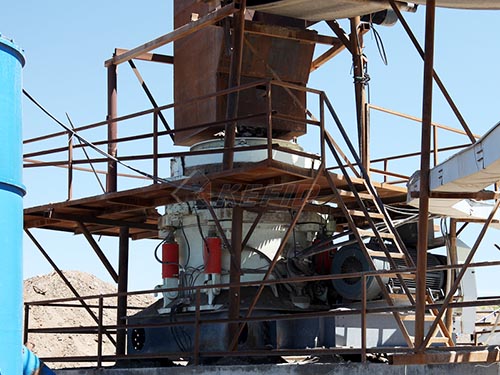Texas Prisoners Crushing Stones
The Weight of Stone: Texas Prisoners and the Relentless Task of Rock Breaking
The image is stark, almost archaic against the backdrop of modern America: lines of men clad in white uniforms under a punishing Texas sun, swinging sledgehammers against piles of limestone or granite, reducing boulders into gravel or dust. For decades, the practice of prisoners crushing rocks was a visceral symbol of incarceration within the Texas Department of Criminal Justice (TDCJ), a tradition rooted in punishment, deterrence, and a relentless demand for cheap labor.
This wasn't merely busywork; it was grueling physical punishment deliberately designed to be harsh and monotonous. Originating in the 19th century alongside the infamous convict lease system – where prisoners were essentially rented out as laborers – rock breaking became synonymous with hard time at facilities like the Ellis Unit near Huntsville and later others across the state.
The Daily Grind:
Brutal Conditions: Prisoners worked outdoors year-round, exposed to extreme heat often exceeding 100°F (38°C), biting cold winds in winter, relentless sun with minimal shade, and pervasive dust that choked lungs and coated skin.
Physical Toll: The work demanded immense physical exertion – swinging heavy hammers for hours caused chronic injuries to backs, shoulders, elbows, and hands. Heatstroke was a constant threat.

Monotony & Mind: Beyond physical strain was profound psychological weight – the sheer monotony of striking rock after rock offered little mental stimulation or hope.
Economic Engine: The crushed stone wasn't wasted; it served practical purposes within TDCJ infrastructure – surfacing roads ("caliche roads") within prison farms and units, building foundations, and even being sold commercially at times.
Justification vs Reality:

Officially framed as necessary labor contributing to prison upkeep and teaching discipline or work ethic ("hard work builds character"), critics argued its primary purpose was punitive deterrence ("make prison hard so people fear coming back"). Rehabilitation was rarely cited as a genuine outcome derived from swinging a hammer all day under duress.
The practice also existed within a system offering minimal compensation – historically pennies per day – raising significant ethical questions about forced labor bordering on exploitation under modern interpretations.
Evolution and Enduring Parallels:
While large-scale outdoor rock-breaking brigades became less common by the late 20th century due to lawsuits over conditions (particularly heat exposure), changing philosophies about incarceration efficiency, mechanization replacing manual labor where possible and persistent public criticism viewing it as cruel relic


